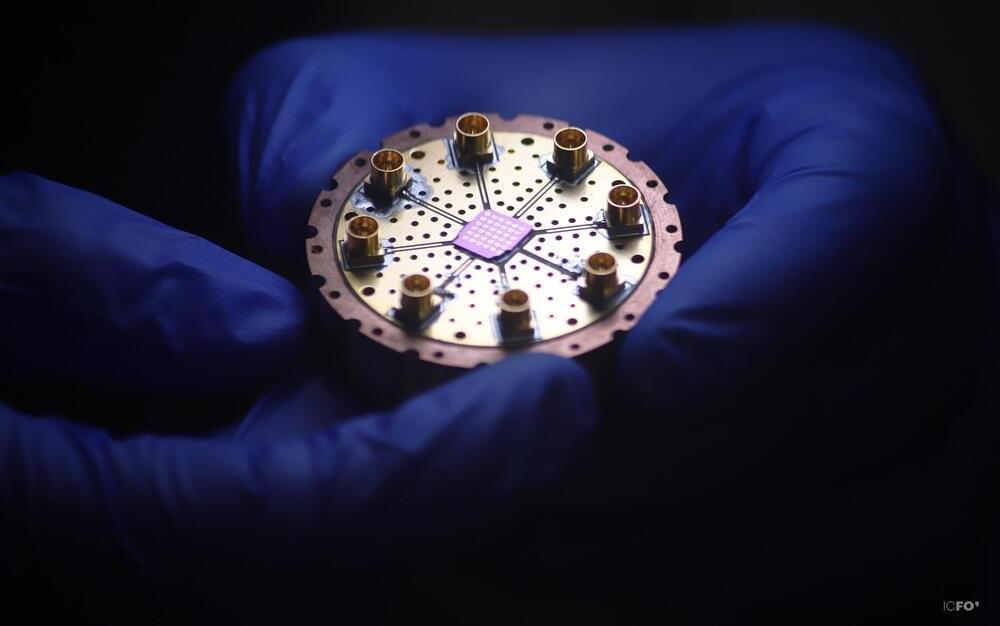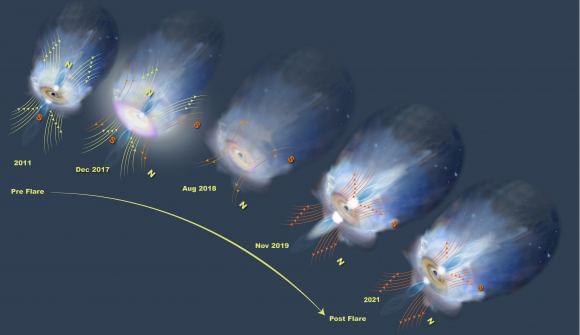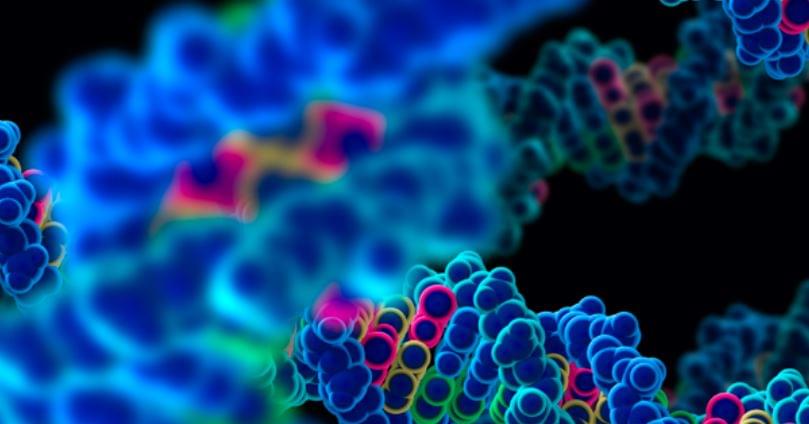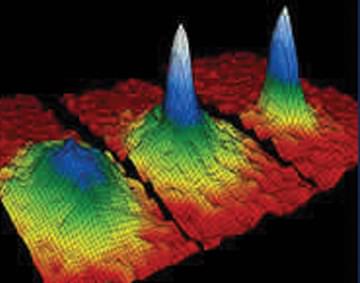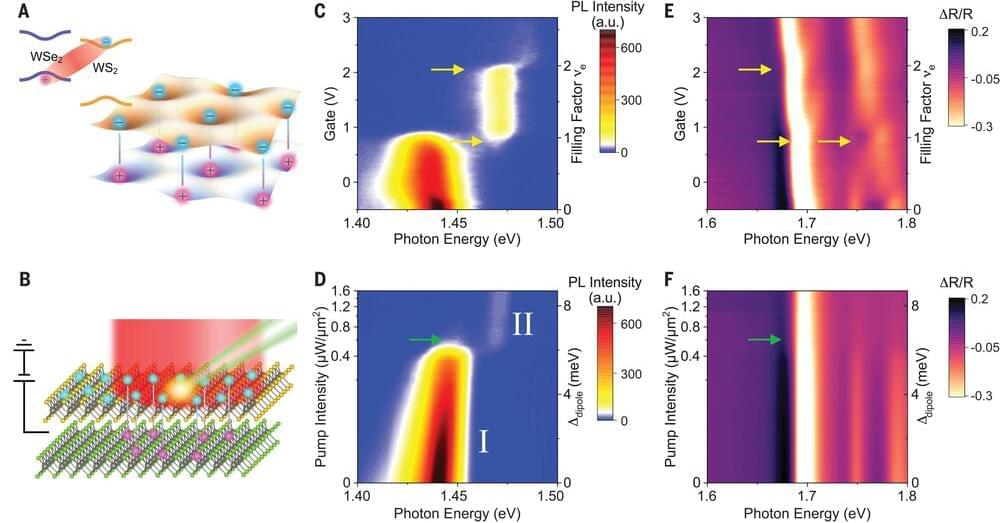Jun 11, 2023
A new study shows how ‘splitting’ sound takes us one step closer to a new type of quantum computer
Posted by Gemechu Taye in categories: computing, particle physics, quantum physics
Scientists have demonstrated entanglement and two-particle interference with phonon using an acoustic beam splitter.
Phonons are to sound what photons are to light. Photons are tiny packets of energy for light or electromagnetic waves. Similarly, phonons are packets of energy for sound waves. Each phonon represents the vibration of millions of atoms within a material.
Both photons and phonons are of central interest to quantum computing research, which exploits the properties of these quantum particles. However, phonons have proven challenging to study due to their susceptibility to noise and issues with scalability and detection.

